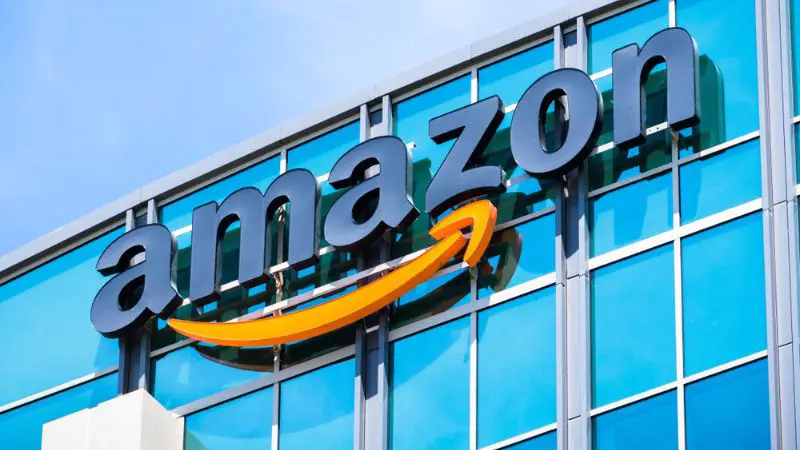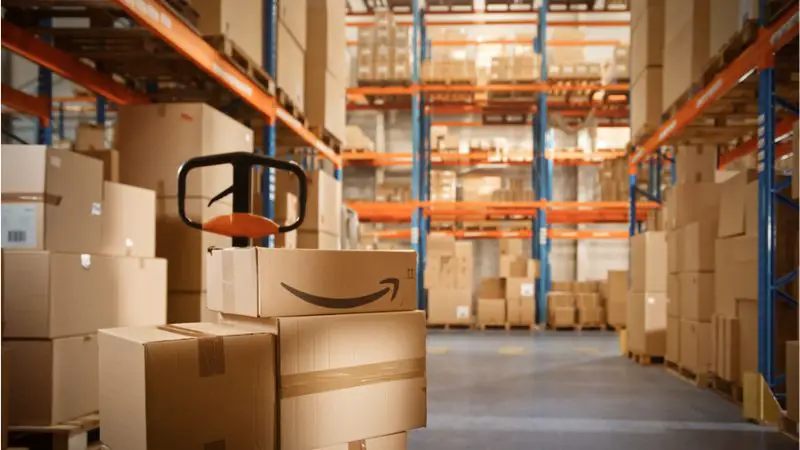Of the many Amazon warehouse jobs, it can be hard to understand and keep up with who does what, even if you already work there!
So if you want to learn what does Inbound Receive Dock mean at Amazon? This article is for you.
What Is Inbound Receive Dock at Amazon?
Employees who work as Inbound Receive Dock at Amazon are responsible for getting boxes off of the incoming delivery trucks and organizing them onto palates to be brought into the warehouse. The job will either consist of bringing boxes off the trucks or organizing the palate.
If you want to learn the ins and out of what Inbound Receive Dock workers do at Amazon, including the salary they make and how to succeed at this job, keep reading! Everything you need to know is right here.
What Does Inbound Receive Dock Do at Amazon?
Now, it’s time to talk about the Amazon Inbound Receive Dock job description.
First of all, the job of an Inbound Receive Dock employee is simple: get the arriving items off the trucks and organize them to be sent up to the warehouse from the dock.
Within this job, there are actually two ways you might spend your shift, taking the boxes off the truck or organizing them onto pallets.
If you are responsible for getting the boxes from the truck, you and usually one other employee will take the conveyor belt into the truck as far back as it will go and quickly put each and every box on the truck onto the belt.
If you are the pallet organizer, you will stand at the end of the conveyor belt and grab the boxes as they arrive to organize them onto a pallet. Once the pallet is full, you wrap it in plastic wrap and start on a new pallet right away.
Water Spiders also work on Inbound Docks, and they are the workers who take the pallets up into the warehouse once they’ve been wrapped.
Amazon Inbound Receive Dock Salary

It’s important to understand that most of the entry-level positions at Amazon warehouses offer the same hourly rate for first-time employees, and Inbound Receive Dock workers are included in that category.
You can expect to make anywhere between $15 and $18 as an Inbound Receive Dock employee, depending on where your warehouse is located.
Is Inbound Receive Dock a Good Job at Amazon?
Overall, Inbound Receive Dock is considered a good job at Amazon. As with every job, there are a few pros and cons to be aware of before you transfer or apply for the position.
Pros of Inbound Receive Dock Work:
- In most warehouses, there is no required productivity rate on the inbound dock which means less pressure while you work.
- There is always something to do, which makes the shift go by faster.
- It is a social position; the team is all working fairly mindlessly, so everyone enjoys casual conversation throughout the shift.
Cons of Inbound Receive Dock Work:
- It can be physically tiring moving boxes all day, especially when the boxes are quite heavy.
- The job can become monotonous as it is the same task for the entire shift.
- Although there is no rate, most days, you are moving as fast as you can for most of the shift.
How to Succeed in Inbound Receive Dock at Amazon
If you want to know what it takes to succeed as an Inbound Receive Dock worker, here’s the scoop:
- You need to be a team player. You will be working with several other members of your team unloading and moving boxes to pallets, so it is essential that you can communicate and work well with others.
- You have to be physically fit. Even on a slow day, this job is physically taxing, so it’s important that you feel healthy and able when you show up for work.
- You have to move fast. When the boxes come flying down the conveyor belt, you need to be able to move them to pallets quickly so they don’t get backed up. Even though there often isn’t a rate at the inbound dock, it will make your job a lot harder if you’re too slow.
Conclusion
If you work as an Inbound Receive Dock employee at Amazon, you will either be lifting boxes onto a conveyor belt from the back of incoming delivery trucks or waiting at the bottom of the belt to organize the boxes onto pallets before wrapping them with plastic wrap.


